+86 15633683072
One of the most important advances in welding in recent years is robotic welding, or automated welding. What are the advantages of robotic welding vs. manual welding? What are the pros and cons of each? Here’s what you need to know.
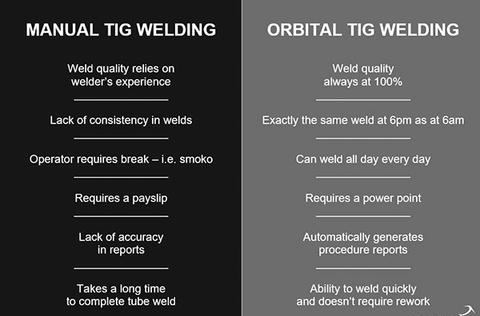
ADVANTAGES OF ROBOTIC WELDINGFirst, it’s important to understand how welding robots work. There are fully automated welding processes and semi-automatic welding processes. In a semi-automatic welding set up, an operator manually loads the metal in and removes it once the welding is complete. In a fully automated process, machines move the material to be welded through the whole process from beginning to end.
There are four basic advantages to automated welding: Better Weld Quality –The automated process allows the operator to maintain weld integrity using electronic weld process controllers. In addition, automated welding is highly repeatable. The robots follow the same process exactly every time, so the results are much more likely to be consistent. Increased Output –Robots can naturally work faster than humans, without any loss of accuracy. In addition, they do not fatigue or need to take breaks. Less Scrap –Because of the high-level of accuracy and efficiency possible with robot-controlled welding, scrap is reduced. Lower Labor Costs –Even in semi-automatic welding setups, you need to pay fewer human workers. DISADVANTAGES OF WELDING ROBOTSSo, what are the limitations of robot welding? Cost –Over the long-term, you may save money in labor costs, but in the short-term, an automated welding system requires a considerable investment, which may take a while to recoup. Lack of Flexibility –Automated systems are great at doing the same thing over and over again. If you need your robot welders to perform a variety of different manufacturing tasks, however, it will take time to reconfigure them — which could be costly. Risk –If you become dependent upon robots to do your welding, you could be in real trouble if your main welding robot goes down. ADVANTAGES OF MANUAL WELDINGWhat are the advantages of using manual welding? Greater Flexibility –Your human staff members probably do not need to be retrained every time they get a welding job. As soon as a welding project arrives, human welders can jump right in, while you may require much greater lead time with robot welders. Replaceability –If one of your human workers cannot weld, you can easily substitute another one. You don’t need to send anyone in for repairs before you can continue manufacturing. Awareness –If there is some problem on the manufacturing floor, a human worker will often notice it before a robot welder, who will typically keep working until something causes it to malfunction. LIMITATIONS OF MANUAL WELDINGThere are some limitations to manual welding, though, which include: Risk –If a human gets hurt while welding, it could be a very serious issue. A robot may break, but it cannot be hurt. Speed –Robots are much faster than humans when it comes to mechanical operations. Efficiency –Robots are capable of much greater accuracy than humans.
Zhengzhou Kehui technology has a large supply of robotic welders. We offer top brands such as OTC and KUKA to give our customers more options. We have over 24years of experience, especially with welding robot applications and can help you automate your welding process to improve your overall production.
Questions? Call us on+86 199 3928 3994
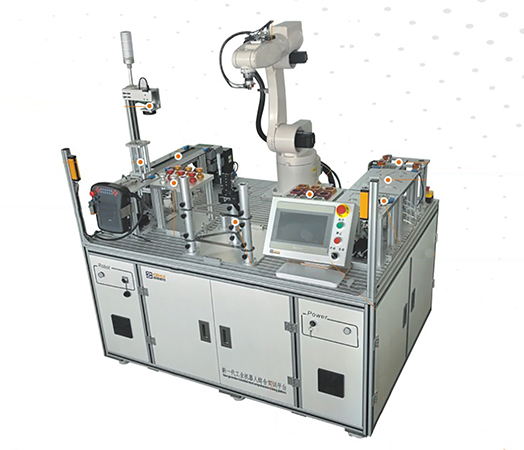 New generation industrial robot comprehensive training & teaching education platform
New generation industrial robot comprehensive training & teaching education platform 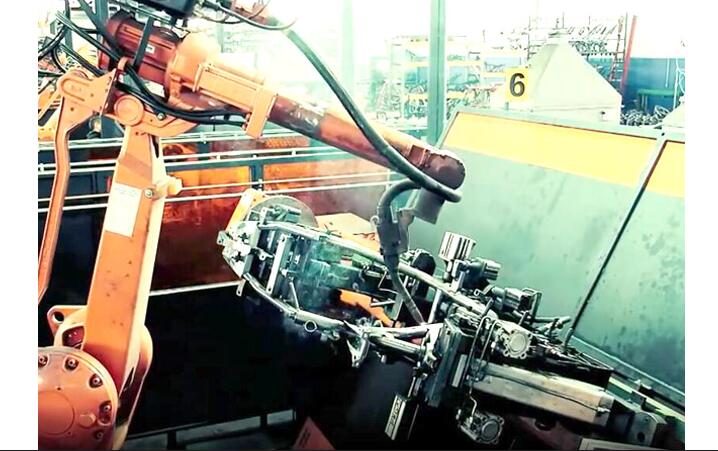 Motorcycle Frame Robot Welding station
Motorcycle Frame Robot Welding station 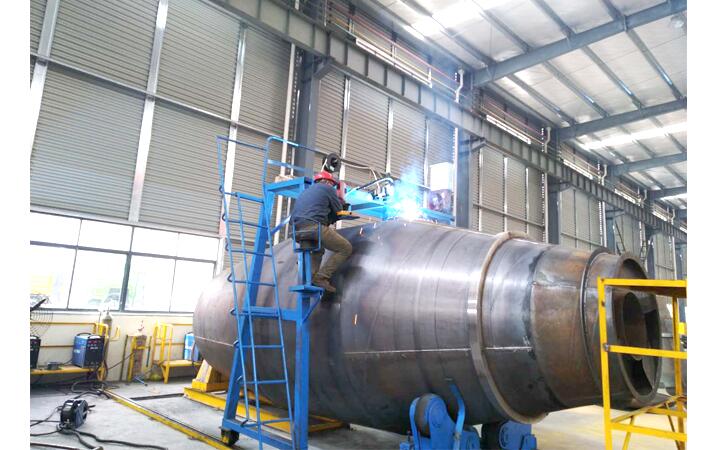 Automated Welding Workstation For Concrete Mixer Truck Tank
Automated Welding Workstation For Concrete Mixer Truck Tank 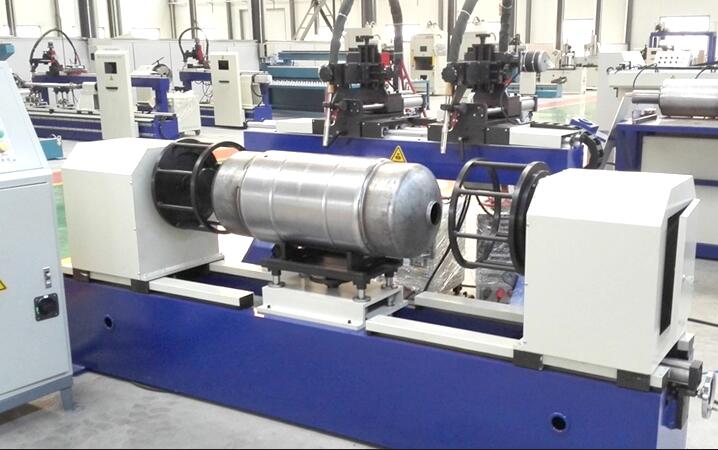 Cylindrical cylinder LPG tank automatic welding robot workstation
Cylindrical cylinder LPG tank automatic welding robot workstation 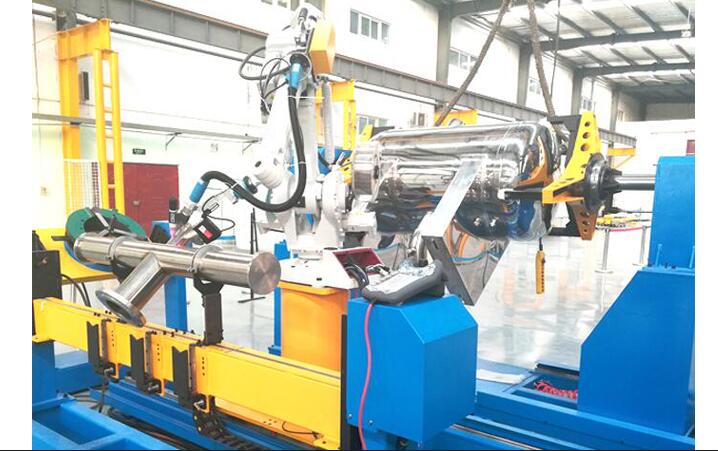 Welding Robot For Intersecting Line Of Cylinder Pipe/Tube
Welding Robot For Intersecting Line Of Cylinder Pipe/Tube Zhengzhou Kehui Technology Co., Ltd
Email: info@zzkehui.com